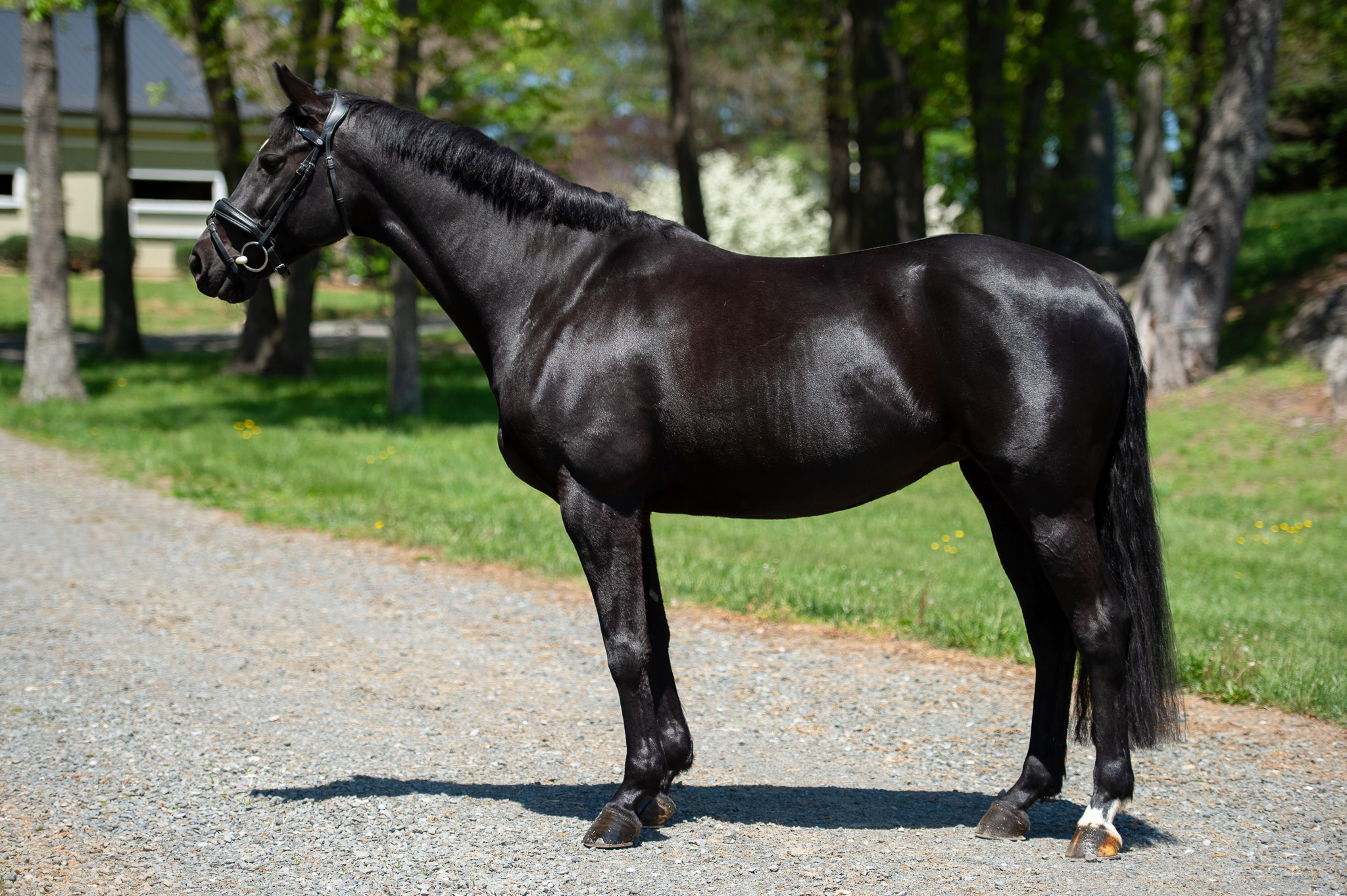
Currently I am writing this from the cab of a Volvo. I’m about five miles north of Ocala, heading home to Kentucky. My husband and I just dropped a load of orchardgrass/alfalfa mix in a horse trailer sales parking lot, to be picked up a few bales at a time by a fellow eventer wintering in Florida– one of our regular Kentucky clients.
I read a H&H article this morning about hay prices across the pond. Winter prices are always higher than summer prices, but last years’ average was 130GBP per tonne– that’s about $250USD per metric tonne. At 65lbs/bale, that’s $7.35 a bale.
If you’re in Florida (or Texas, or pretty much anywhere this winter) that’s cheap!
We just delivered beautiful soft green stuff for $9.75 a bale; the going rate in Ocala for quality grass/alfalfa mix is about $12/bale, according to some local dealers (and bale weight varies).
Quality hay is at a premium this year. Due to the high profit of corn and soybeans, many acres of hayground was plowed under for row crops. Other places experienced record drought (Texas) or record rainfall (like us in Kentucky). A great deal of hay was lost this year, but the demand is still very strong, driving prices sky high. This time last year, excellent alfalfa brought $200/ton in the central Kentucky area (grown locally). That same stuff brings $320/ton right now (a 62% increase!). And heaven knows what it will be by March.
Kentucky is a fairly “moderately” priced hay market. Texas and Florida are at the upper end of the spectrum, and I really don’t know how horse owners afford to feed hay year round! That alfalfa mentioned previously is bringing $380-440/ton in Texas, and about the same in Florida. A large part of that price is the shipping, though –it costs $0.98 per mile to ship a full load of hay on a semi (and that’s owning the truck, breaking even). In other words, it cost about $2.00/bale to deliver that hay to Ocala from Lexington, Ky (including the trip home empty).
Quality forage is a key factor in a horse’s diet, so plan ahead for the coming year. Save up where you can, buy before the supply gets too low, and be prepared in case your usual hay supplier runs out. There are some hay alternatives, such as cubes and pellets, that can be very economical in some cases. Beet pulp is another great way to add fiber to the diet when hay gets scarce, though not a true “replacement” for forage. Round bales can be a cheaper (by the ton) source of hay, but have drawbacks, too: quality control, management, equipment needed to move them, and potential wastage can add to the expense.
Good luck to all horse owners in your quest for hay…I’m sure I’ll be back in Florida soon, bouncing around in the passenger seat posting on EN at 70mph. I’m lucky to be married to the greatest hay farmer in the world, and forage is something my horses never have to worry about!






















